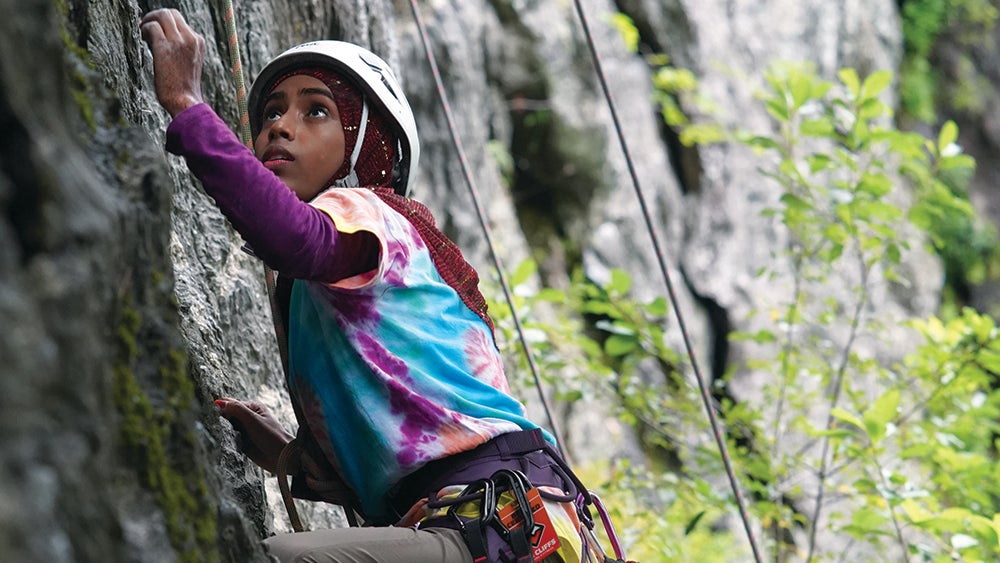Bouldering

Bouldering is a style of rock climbing undertaken without a rope and normally limited to very short climbs over a crash pad (called a bouldering mat) so that a fall will not result in serious injury. It is typically practiced on large natural boulders or artificial boulders in gyms and outdoor urban areas. However, it may also be practiced at the base of larger rock faces.
Trad Climbing

Traditional climbing, or Trad climbing, is a type of rock climbing in which a climber or group of climbers places all gear required to protect against falls (pitons, etc.), and removes it when a passage is complete.
Top Rope

Top-rope climbing (or Top-roping) is a style in climbing in which a rope, used for the climber’s safety, runs from a belayer at the foot of a route through one or more carabiners connected to an anchor system at the top of the route and back down to the climber,[1] usually attaching to the climber by means of a harness. Assuming that the route is predominantly bottom-to-top; that the anchor holds; and that the belayer pays attention, the top-rope climber generally will not fall more than a short distance and can thus safely attempt even the most difficult routes. Most top-rope anchors can be reached through non-technical means, such as by hiking or scrambling to the top of the cliff.